We explain everything about Chile, how is its relief and the climate that this country presents. Also, what are their characteristics and culture.
What is Chile?
The Republic of Chile is a country located in South America . It limits to the east with Argentina , to the north with Peru and to the northwest with Bolivia . To its west is the Pacific Ocean.
The origin of its name comes from a term that was used before the conquest. At that time, the areas located particularly in the Atacama desert, received the name of "chili" . Once the Spanish conquered the Chilean lands, they continued to use this same name, which was often referred to as " valley of Chile ."
It was not until 1824 that Governor Ramón Freire decreed the name of the country, although it was considered emancipated from the Spanish on February 12, 1818 at the hands of Bernardo O'Higgins and José de San Martín.
Relief of Chile
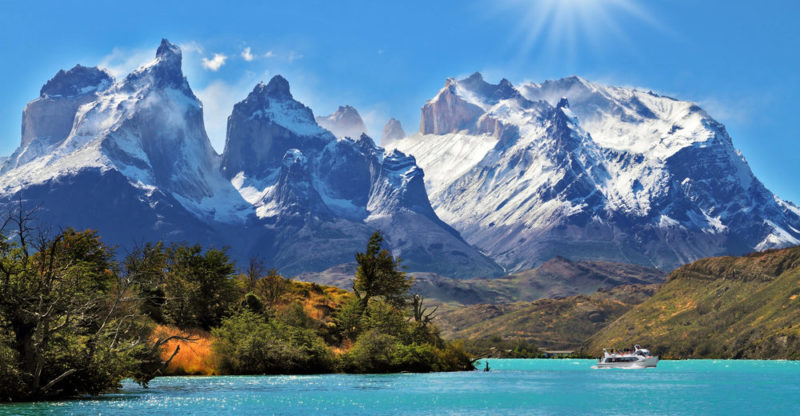
Four types of relief can be determined :
- The Andes mountain range . This mountain chain that crosses almost the entire length of South America , has a great extension in the territory of Chile. It is an uninhabited terrain that reaches a peak of up to 6,893 meters like the Nevado Ojos del Salado.
- The intermediate depression. Located between the Andes mountain range and the coastal mountain range, this region concentrates most of the population .
- The coastal mountain range. It extends to the north of the country, specifically south of Arica. Then, in the central zone its altitude begins to decline and mixes with other rocky chains.
- The littoral plains. This area is located between the Pacific Ocean and the Cordillera de la Costa and is very narrow in shape and, to the north, the plain is broken by the presence of cliffs.
Chile Climate
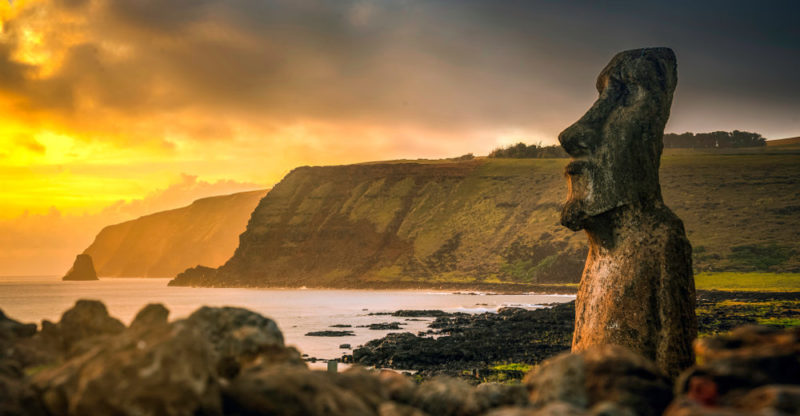
Due to the extension of the territory of Chile, its temperatures are varied, although, in general, the country presents a high degree of humidity and rainfall, particularly in winter and autumn.
Seven types of climates can be determined in the Republic of Chile:
- Desert climate . It occurs in the north, in the Arica region.
- Subtropical climate. It is found in the Easter Islands (Chilean territory separated from the mainland )
- Mediterranean climate . It is located in Santiago de Chile, the capital of the republic.
- Humid temperate climate . It is a type of climate that can be seen in the middle zone of the Republic of Chile.
- Oceanic climate . It occurs in some of the middle areas of this country, such as Valdivia and presents abundant rains .
- Cold steppe climate. It is located in the south of the country where rainfall is scarce and the climate is cold.
- Polar climate . Characteristic of the Chilean region of Antarctica .
Flora of Chile
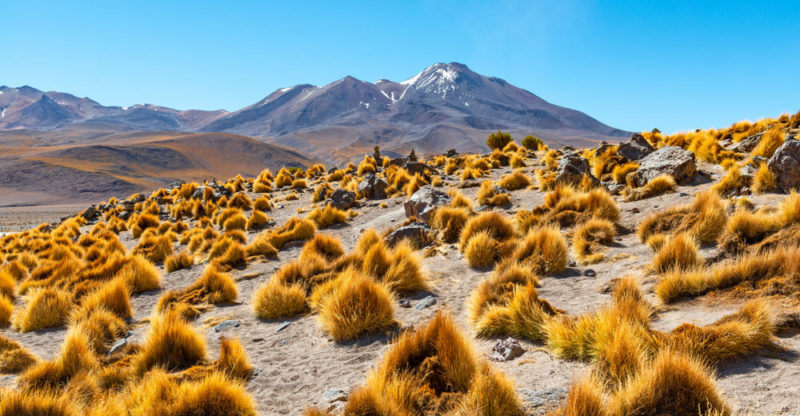
By presenting a highly varied climate and relief, the flora and fauna of this country are also varied.
Towards the north, the desert climate generates vegetation that is scarce and arid , such as the cactus.
Towards the central part of the country, the vegetation increases since so does the humidity and rainfall, and you can find plants such as magnolias , a diversity of conifers and laurel.
Towards the southern part of the country, thanks to the cold climate there are more medium and tall trees but little vegetation in the mountainous areas .
Chilean fauna
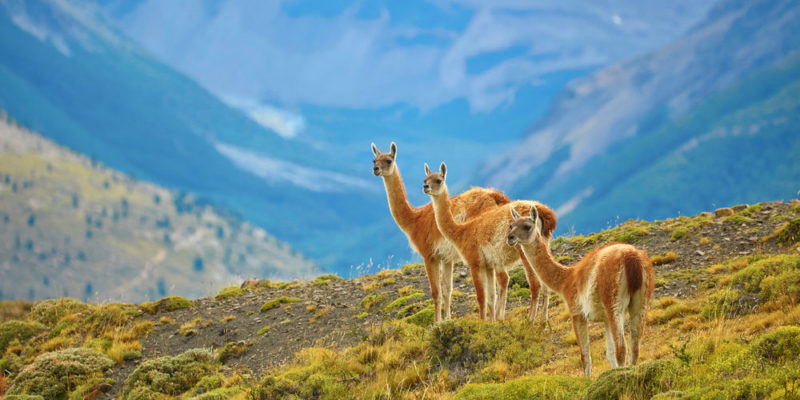
The fauna is also usually varied, towards the north of the country , and thanks to the hot and dry climate, llamas, vicuñas and guanacos can be seen.
Towards the south of the country you can see pumas , Andean wolves, chinchillas and pudú.
Education in Chile
The educational system in Chile is administered by the government and depends on the ministry of education . The education primary is guaranteed by 93% of the population. In addition, the educational system in this country carries out many literacy campaigns for adults and for children of school (primary) and preschool age.
Chile has 4 educational levels : kindergarten, basic, middle and higher. Of these four, the first three are required.
Culture of Chile

Regarding the predominant culture , Chile presents two great currents or differentiated ethnic characteristics : on the one hand, an urban population with popular characteristics and Araucanian roots can be observed, and on the other a culture with Spanish characteristics. Both cultures mix and this synthesis is evidenced in dance and music .
As for prominent people in the field of culture, Chile has a great tradition of world-renowned poets such as Pablo Neruda and Gabriela Mistral.
Chile population
The population of this country conforms a mixture of inhabitants of native and European characteristics that arrived in the XIX century to populate these lands. Today mestizos constitute 92% of the population of Chile.
Until the beginning of the 20th century , there were only two social classes : the upper class and the lower class . After the middle of the 20th century, a middle class could be formed.
It is also important to mention that, according to the last census of 2002, the urban population was 86.6% while the rural population only amounted to 13.4%.
Chile's natural resources
Chile is a country that has many and abundant natural resources, among which the following stand out: gold , silver , manganese , oil , copper , nitrate, iron , natural gas and mineral coal.
Chilean health system
According to the WHO (World Health Organization) Chile ranks 33 out of 191 countries in terms of the level of the health system. This indicates that the morbidity rate reaches 1.57%. In addition, there is one doctor for every thousand inhabitants.
On the other hand, this country has a significant number of cardiovascular and cerebrovascular diseases, cirrhosis, high blood pressure diseases and pneumonia.
Although the right to health is supported by the constitution , this country has some problems related to the low number of medical specialists, large waiting lists and lack of hospital supplies.
Chilean form of government
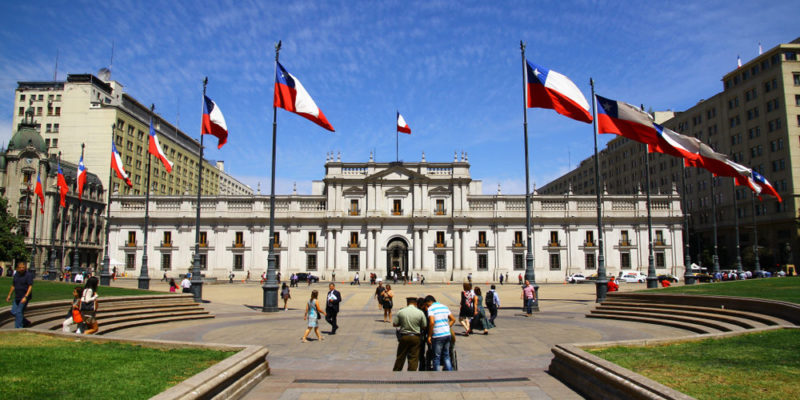
The government of Chile based its Constitution of 1925 until in 1973 it suffered a coup d'état and the Constitution was rendered ineffective. Around 1980 a new constitution was approved but it was only put into effect around 1989.
The above content published at Collaborative Research Group is for informational and educational purposes only and has been developed by referring to reliable sources and recommendations from technology experts. We do not have any contact with official entities nor do we intend to replace the information that they emit.
MA student of the TransAtlantic Masters program at UNC-Chapel Hill. Political Science with a focus on European Studies. Expressed ideas are open to revision. He not only covers Technical articles but also has skills in the fields of SEO, graphics, web development and coding. .
Leave a reply
Your email address will not be published. Required fields are marked *Recent post

Sport: What Is It, Types, Risks, Features, Characteristics and Examples

Dogs: Emergence, Features, Characteristics, Feeding and Breeds

Story: Definition, Elements, Structure, Features and Characteristics

